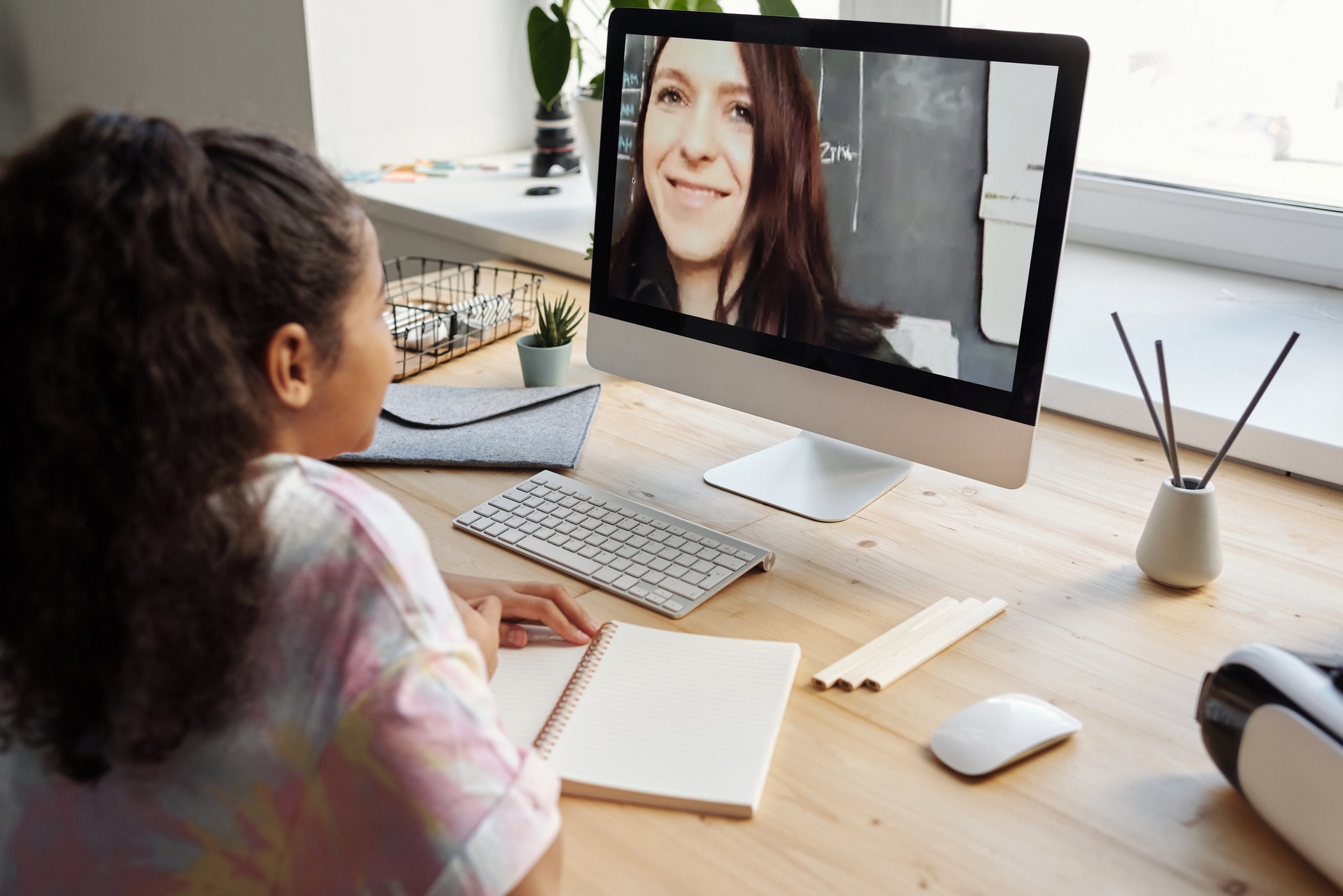Those who know me personally know when I start talking “relationship building in education”, it will not only be a heartfelt conversation, but a lengthy one. As an instructor of educators, I find myself beginning and ending courses talking about the relationships that must be built between students and their teachers, as well as weaving it throughout. Not only do I talk about it, I model it. One of my favorite parts of educating children and adults is getting to know them and being a part of who they authentically are. Building strong relationships is a cornerstone to academics and we cannot afford to fail in meeting the social-emotional needs of ALL students, especially as we continue to experience a global pandemic.
When we entered into this uncharted territory, there were no examples to use as administrators began to plan for what school would look like in a lockdown, how we would provide for students who cannot physically come to school, and how we would meet all of the needs a school system provides for students and their families. Yet still, teachers were expected to teach. In my opinion, many great things have come from this, such as the technology skills that both teachers and students have used and learned over the last year, as well as the use of UDL in everyday lessons; but there is a dark side in all of this as well.
Student engagement and connection has suffered greatly. NBC News & Challenge Success recently reported in an article, Student Stress is up & Engagement with Learning is down, that not only do students feel overwhelmed and stressed, their relationships with teachers and peers are not as strong.
Students report strained connections with both teachers and peers during the pandemic:
- 50% of students say the strength of their relationships with teachers has decreased
- 47% report a decrease in strength of their relationships with peers
Strained Relationships between teachers and students, CANNOT be a thing! Strained relationships are far more important than academic loss in my opinion. Students need this social connection that school so often provides as much or more than the academics. If students do not feel connected to their teacher, they are less likely to learn. If students do not feel safe within the classroom community, they are less likely to try and possibly make a mistake. Relationships are detrimental to academics. I argue that without one you do not have the other.
Human beings need connection, and students need a safe place to learn. Learning involves much vulnerability and if a strong relationship has not been established, a student will not successfully navigate the field. An important piece of UDL involves engagement of all learners and within that is the ability to provide options for self regulation. These skills must be taught and one way to assure they are instilled in students is to know your students well to assist in optimizing motivation, provide coping strategies, and teach self-reflection. The UDL Guidelines provide tools to assist educators in developing instruction that works for all students. Knowing who your students are, authentically is half the battle.
There are many ways to establish these strong relationships with students in-person or remotely. First, your students need to know you. They need to see the real authentic you. If you are from the House of Gryffindor or the era of boy bands, OWN it. Kids appreciate knowing who we are. Then, it is crucial not only to learn the type of learner your students are but WHO they are. What do they like, dislike, fear, dream? These things can be learned by one-on-one conversations, surveys, discussions, daily check-ins, choice assignments, etc. Once you set out on getting to know your students, find connections. How can you relate, understand, appreciate who they are? Create a safe space and a community. Many students are missing each other right now, so why not give them some time to socialize at the beginning or end of your lesson? Group projects will afford students time to work together even if it is only remotely. When I was a student, pen-pals were very popular and I had them from various parts of the world. Why not allow your students who are missing each other so much to “pen pal” with each other.
I recently read an article by Henry Seton that changed a part of my teaching. He described a ritual he started in his classes where a dedication to the class is made. Students take turns dedicating the class session to someone important to them. This small act, that takes up very little time in an in-person or remote lesson, can create very tight bonds and connections not only between students and the teacher, but between students themselves. There are so many ways this can be incorporated and I am encouraged by ideas that get shared after I started the ritual, very recently, in my own classrooms. So I leave you with the following dedication:
I dedicate this moment of learning to Esther Sabin, my grandmother who educated young children for her entire adult life. She was profound, stern, smart, fallible, and LOVED her students from the moment she met them well into their adult lives. She taught me the importance of knowing my students and meeting them where they are. I miss her daily but model her best traits and learn from the mistakes she shared with me from her lifetime in education.
Photo: Esther Sabin and Isaiah Reece (one of the other reasons I am passionate!)
Continue your learning journey.
Explore our online courses or contact us to schedule professional learning for you and your team on Building Relationships.
_____________
Resources:




